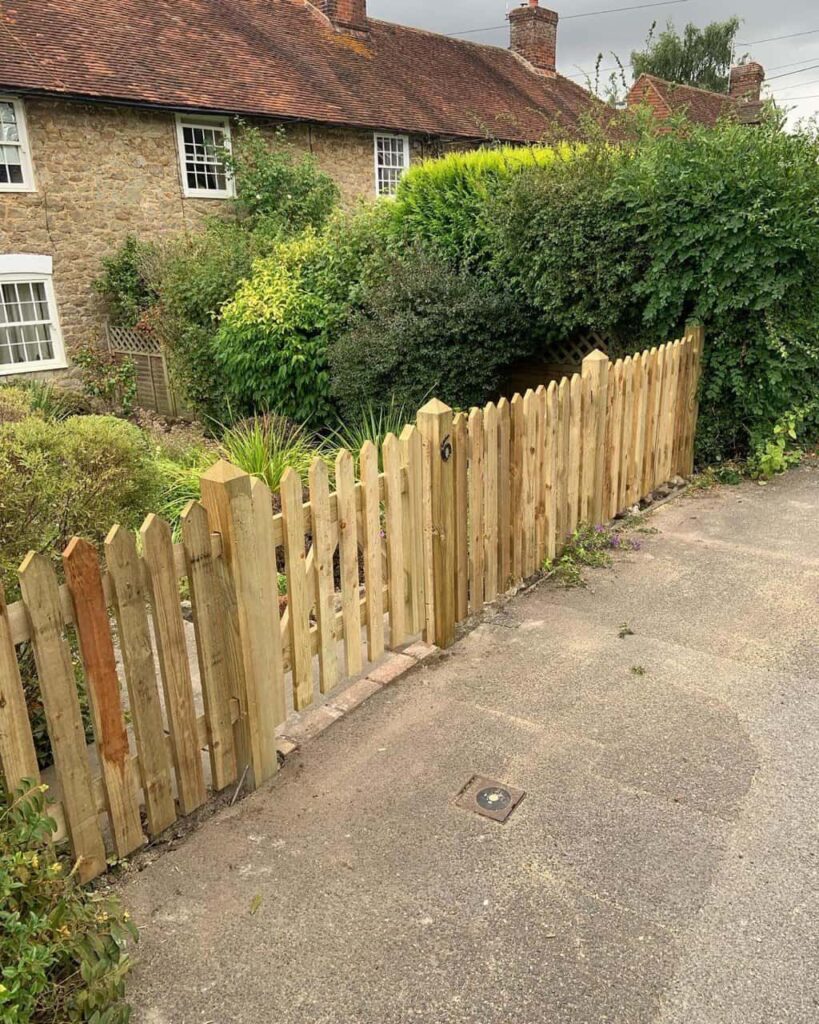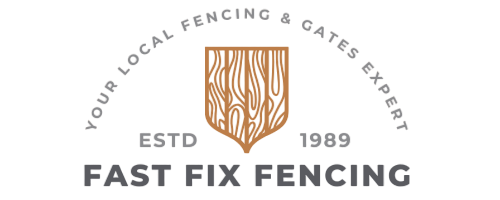How Poor Fencing Design Leads to Livestock Injury (and How to Prevent It)
Introduction
When managing livestock, the safety of your animals is only as strong as the fencing that contains them. While it may seem like a simple matter of boundaries, fencing plays a critical role in protecting animals from harm, both from within the herd and from external threats. Unfortunately, poor fencing design can lead to avoidable injuries, escapes, or worse—making it a costly oversight for any landowner or smallholder.
At Fast Fix Fencing Red Lodge, we understand the unique needs of farms and rural properties throughout Red Lodge and Suffolk. We believe that well-planned fencing is a long-term investment in your livestock’s health, your land’s integrity, and your peace of mind.
Common Ways Bad Fencing Causes Injuries
Substandard fencing isn’t just unsightly—it can be dangerous. Many of the injuries we see could be avoided with more thoughtful design and proper installation.
- Sharp edges or protruding wires: These can cut or scrape animals, leading to infections.
- Improper wire spacing: Too wide and smaller animals may get through; too narrow and hooves or horns may become trapped.
- Insufficient height or strength: Larger livestock may attempt to jump over or lean on the fence, leading to strains, falls, or collapse.
- Loose or sagging wire: Creates trip hazards and escape points, increasing the risk of injury or loss.
- Inconsistent pressure-treated posts: Rotting or weakened posts can cause the fence to fail unpredictably.
Best Practices to Prevent Livestock Injury
Preventing injuries starts with choosing the right fencing system for your livestock type and land. A well-constructed fence doesn’t just contain—it protects.
- Match fencing to livestock: Cattle require different fencing than sheep or horses. Tailor the design to the species and behaviour.
- Use tensioned wire and secure fixings: This keeps the fence taut and upright, reducing the chance of entanglement or collapse.
- Smooth materials and proper finishes: Opt for rounded edges or planed timber to reduce scraping risks.
- Strong corner posts and straining systems: These add stability and help your fence stand up to daily pressure.
- Regular inspections and timely repairs: Walk your fence lines frequently to spot weak points before they fail.
Additional Tips for Safer Fencing
- Install gates with safe, wide openings and easy latching mechanisms.
- Avoid metal mesh with large gaps that may trap legs or horns.
- Ensure electric fences are properly marked and correctly powered if used as a deterrent.
- Don’t forget shade, shelter, and enough space between boundaries to prevent crowding.
Conclusion
Livestock fencing is more than just a boundary—it’s a frontline defence for animal welfare. Poor fencing design not only increases the risk of injury but can also cost time, money, and trust. Whether you’re setting up new enclosures or upgrading existing ones, investing in professional, purpose-built fencing makes all the difference.
At Fast Fix Fencing Red Lodge, we help local landowners create safer, smarter fencing systems tailored to their livestock and land. If you’re in Suffolk and want fencing that protects as well as contains, give us a call—we’ll get it right from the ground up.
Call us on: 01638 59 1475
Click here to find out more about Fast Fix Fencing Red Lodge
Click here to complete our contact form and see how we can help with your fencing needs.

